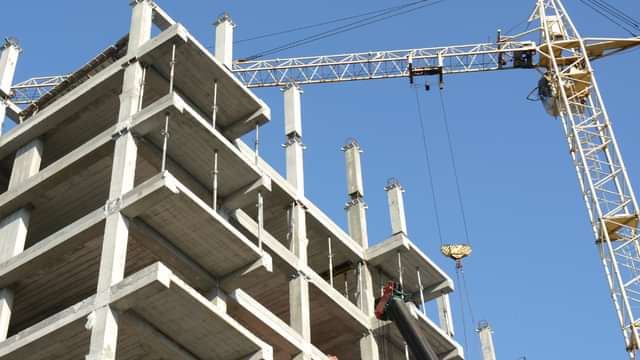On 16 July 2021, the Supreme Court handed down its long awaited judgment in Triple Point Technology Inc v PTT Public Company Ltd and, in doing so, has resolved ambiguity in the law relating to liquidated and ascertained damages (LADs) following termination of a construction contract.
In short, the Supreme Court has reverted to the “conventional approach”, i.e. that LADs will generally accrue up to the date of termination, but the Employer must recover any losses incurred after the date of termination by way of “general damages” (i.e. it will have to prove the actual loss suffered after termination as a result of the Contractor’s delay). This is a welcome clarification of the law in this area.
Background
The Triple Point case concerned a software contract, but the principles set out in the Supreme Court’s judgment apply equally to all commercial contracts, including construction contracts.
In February 2013, the parties entered into a contract under which PTT Public Company Ltd (PTT) agreed to provide software and software implementation services to Triple Point Technology Inc (Triple Point).
The contract price was to be paid in instalments upon the achievement of nine "milestones". The contract also provided for LADs in the event of PTT failing to achieve each milestone on time, calculated at a daily rate "from the due date for delivery up to the date [Triple Point] accepts such work". A dispute arose over payments due and PTT suspended work in May 2014. In March 2015, Triple Point terminated the contract. By this time, only the first two payment milestones had been achieved. Proceedings were commenced by PTT to claim sums it alleged were due in respect of software licence fees and Triple Point counterclaimed for LADs prior to termination and its costs arising out of the termination of the contract.
TCC and Court of Appeal
At first instance, Jefford J found that PTT was entitled to recover LADs for delay under Article 5 of the contract in the sum of US$3,459,278, being the LADs which had accrued up to the point of termination.
On appeal, the Court of Appeal noted that where a contractor fails to complete the works and a second contractor steps in, three different approaches have emerged to LAD clauses:
- The LADs clause does not apply at all (as in Glanzstoff[i], Chanthall[ii] and Gibbs[iii]);
- The LADs clause only applies up to termination of the first contract (as in Greenore[iv], Shaw[v] LW Infrastructure[vi] and Bluewater[vii]); and
- The LADs clause continues to apply until the second contractor achieves completion (as in Hall[viii] and Crestdream[ix]).
The Court of Appeal considered the specific wording of Article 5 (“from the due date for delivery up to the date [Triple Point] accepts such work”) and concluded that this wording was similar to that which had been considered in Glanzstoff (see point 1 above), and therefore the LADs clause does not apply as the works had not been accepted prior to termination. More generally, the Court of Appeal concluded that the question of whether a LADs clause should apply will depend on the specific wording of the clause in any given contract.
Supreme Court
The Supreme Court disagreed with the Court of Appeal’s approach, stating that it was “inconsistent with commercial reality and the accepted function of liquidated damages” (i.e. to provide a remedy that is “predictable and certain” following delay to completion). In order to provide for a predictable and certain remedy following termination, the Supreme Court returned to the “conventional” or “orthodox” approach to the construction of LADs clauses, which provides that LADs will apply up to termination of the contract. This approach will apply unless the parties expressly agree to depart from it.
Comment
Construction lawyers and other construction professionals will likely be relieved that the certainty of the “conventional” or “orthodox” approach has been restored. That approach will apply to the vast majority of LADs provisions, and certainly those provisions which are found in most standard forms of construction contract.
However, in reaching its decision, the Supreme Court also made it clear that the conventional approach can be displaced by clear drafting to the contrary. This should be discussed as part of pre-contract negotiations and the parties should agree at the outset how LADs should operate following termination. Employers may wish to depart from the conventional approach (for example, by expressly providing for an entitlement to LADs until the works are completed by a replacement contractor) and Contractors should carefully review the LADs provisions in proposed contracts to ensure that they are not left at the mercy of a replacement contractor for their LADs liability to cease.
[i] [1913] AC 143
[ii] [1976] SC 73
[iii] 35 Con. L.R. 86
[iv] [2006] EWHC 3119 (TCC),
[v] [2010] EWHC 1839 (TCC),
[vi] [2012] BLR 13
[vii] 155 Con. L.R. 85
[viii] [2010] EWHC 586 (TCC)
[ix] [2013] HCCT 32/2013)






























































